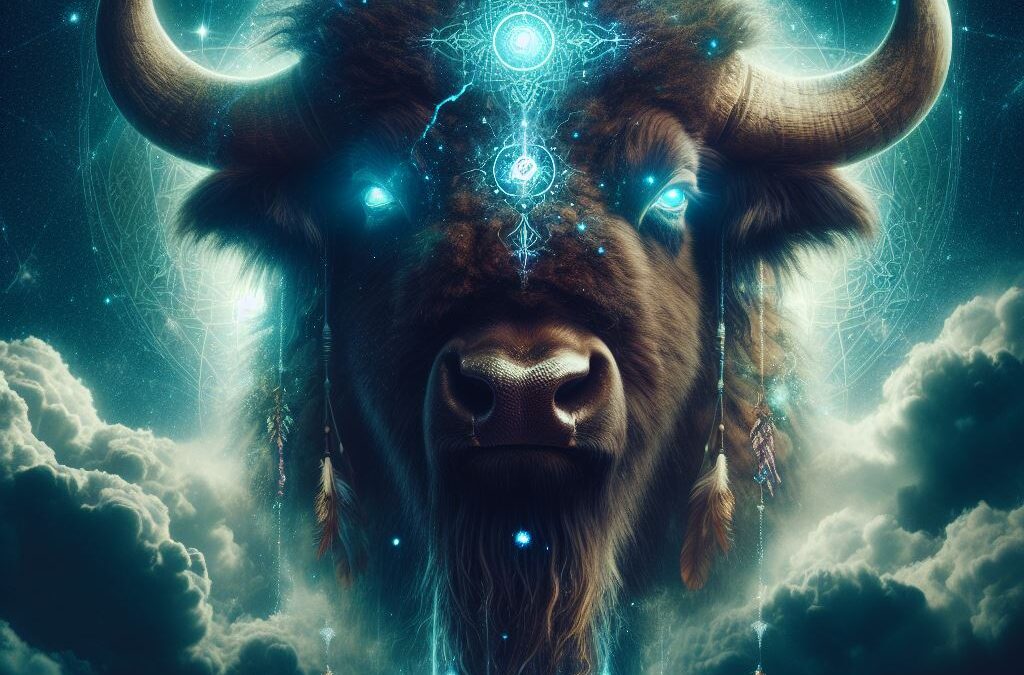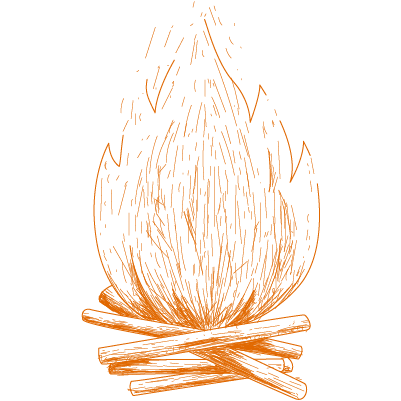The Benefits of Reiki: A Healing Touch Backed by Research
Reiki, the Japanese healing technique developed by Misao Usui, has gained popularity as a complementary therapy for various physical and mental health conditions. This blog post explores the benefits of Reiki, supported by recent studies, highlighting its potential as a safe and effective treatment option.
Mental Health Benefits
Reiki has shown promise in improving mental health by reducing symptoms of stress, anxiety, and depression. A systematic review of randomized placebo-controlled trials found that Reiki consistently demonstrated a greater therapeutic effect over placebo for clinically relevant levels of stress and depression, and moderate to high effectiveness for anxiety. Another study highlighted Reiki’s potential to improve mood and well-being, particularly in individuals with high anxiety and depression, showing significant mood improvements at a five-week follow-up.
Pain and Quality of Life
Reiki therapy is also beneficial in managing pain and enhancing the quality of life, especially in palliative care settings. A review indicated that Reiki could relieve pain, decrease anxiety and depression, and improve the quality of life for patients in palliative care. Although more research is needed, these preliminary findings suggest that Reiki could be a valuable addition to pain management strategies.
Physiological Effects
Reiki’s impact extends to physiological parameters such as heart rate, blood pressure, and stress levels. A pilot study explored these effects, finding that while the results were not statistically significant, there was a trend towards reduced heart rate and stress levels in the Reiki group compared to controls. This suggests that Reiki may help in promoting relaxation and reducing physiological stress markers.
Complementary Health Therapy
Reiki is recognized as a gentle and safe complementary therapy that activates the parasympathetic nervous system, aiding in the healing of both body and mind. It has potential applications in managing chronic health conditions and postoperative recovery. The integration of Reiki into healthcare settings, such as hospices, has shown to enhance the quality of care by providing emotional, physical, and spiritual support.
To Wrap it All Up
Reiki offers a range of benefits, from improving mental health to enhancing quality of life and managing pain. While more high-quality research is needed to fully establish its effectiveness, current studies provide encouraging evidence of its therapeutic potential. As a non-invasive and gentle therapy, Reiki could serve as a valuable complement to conventional medical treatments, promoting holistic well-being.
Zadro, S., & Stapleton, P. (2022). Does Reiki Benefit Mental Health Symptoms Above Placebo?. Frontiers in Psychology, 13. https://doi.org/10.3389/fpsyg.2022.897312




Recent Comments